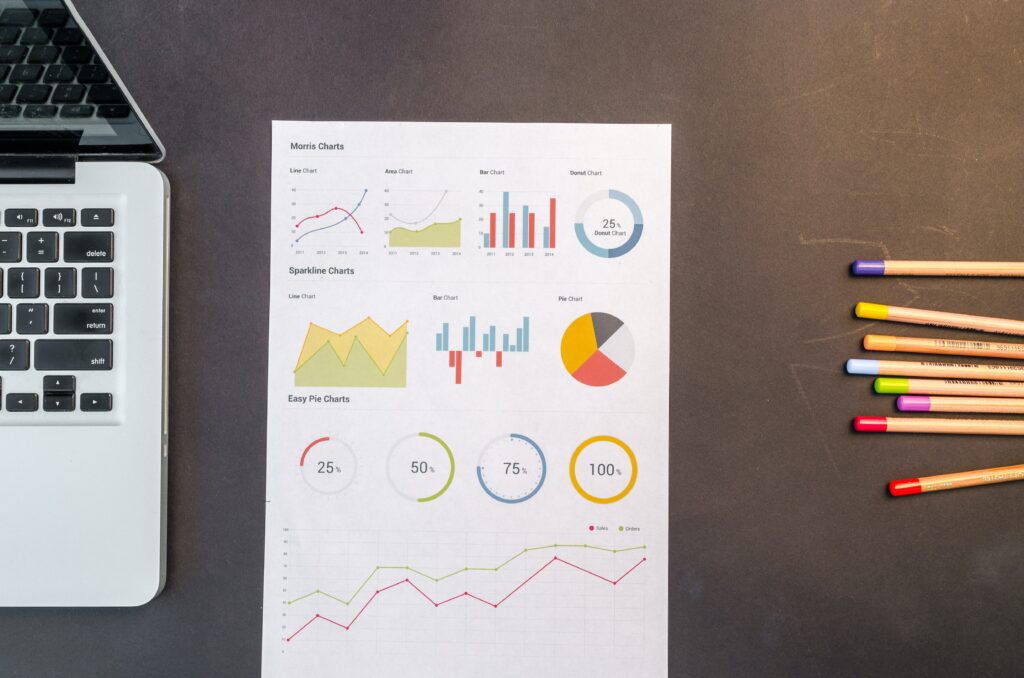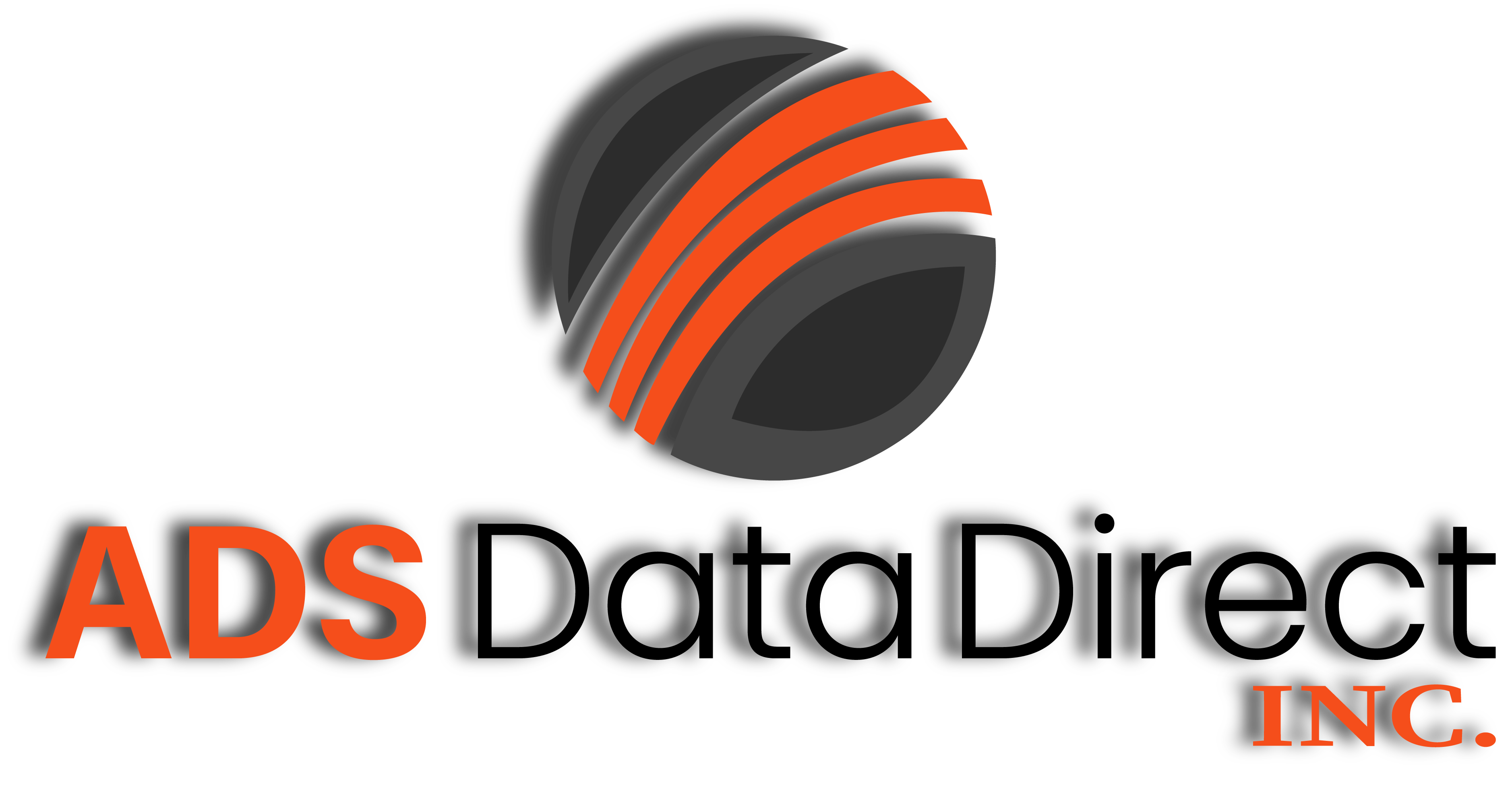
Data Collection and what you need to know with ADS Data Direct! The process of gathering, measuring, and analyzing precise insights for research using accepted, established methods is known as data collection.
To assure accuracy and enable data analysis, the primary goal of data collection is to acquire information in a measured and systematic manner. Since the information gathered will be used to offer material for data analysis, it must be of the highest caliber to be valuable.
Main Types of Data Collection

The nature of the research data you gather could impact how you manage that data. For instance, additional backup methods are necessary to replace difficult or impossible information (such as recording an event at a precise time and location) to lower the risk of data loss. Alternatively, you must adhere to recommended practices to prevent data corruption if you need to mix data points from various sources.
Depending on the methods you use to acquire them, data can be divided into four basic categories: observational, compiled, experimental, and simulation.
Observational Data Collection

Through the observation of a behavior or action, observational data are gathered. It is collected using casual observation, in-depth questionnaires, or a device or sensor to track and record data. Because observational data are recorded in real-time, losing them would make re-creating them challenging or even impossible.
Compiled Data Collection
Derived data is data that has undergone some modification—such as an arithmetic formula or aggregation from previously existing data points, frequently from various data sources—for instance, creating population density data by integrating data from the Twin Cities metro region area and population. While it is typically possible to replace this type of lost data, doing so could be time-consuming and costly.
Experimental Data Collection
When factors are changed, experimental data is gathered actively by the researcher to cause and measure change or to make a difference. Empirical information is frequently projectable to a broader population and typically enables the researcher to identify a causal relationship. Although this data type is frequently repeatable, doing so is often expensive.
Simulation Data Collection

Simulation data are produced by employing computer test models to simulate the behavior of a real-world process or system over time. For instance, to forecast earthquake activity, chemical processes, economic models, or weather conditions. This approach tries to predict what might occur given particular circumstances. The data produced by the simulation is frequently just as significant as, if not more so, the test model utilized.
Focus Groups

Focus groups and less structured interviews have many similarities, but focus groups go beyond simply gathering the same information from a large number of people at once. An organized group discussion on a particular subject is known as a focus group. A researcher is directing, observing, and recording this conversation (sometimes called a facilitator or a moderator)
A successful focus group will have interaction. It implies that stranger groups sometimes interact better than pre-existing groups for research purposes. Pre-existing organizations may be simpler to recruit, have shared experiences, and have a familiarity and comfort that encourages dialogue or the ability to question one another comfortably. Pre-existing groups can address difficulties with disclosure of potentially stigmatizing status, which people may find uncomfortable in unfamiliar groups in health settings (conversely, there may be situations where disclosure is more comfortable in stranger groups). Other research initiatives might elect to give stranger groups more freedom to speak without worrying about consequences, making challenges to other participants more difficult and probing to gather deeper data.
When to use a focus group
Focus groups are used to gather data about shared opinions and the meanings that underlie such thoughts. They help develop a deep knowledge of the experiences and beliefs of participants.
Surveys and Questionnaires for Data Collection

Questionnaires
A questionnaire is a list of questions distributed to research project participants. It may be a component of a more extensive study. However, simply filling out a questionnaire won’t provide the necessary solutions.
You will interact with the public when conducting any research. These also go by the name of your participants. Those who set up the questionnaire may pick participants randomly from the general public or a target sample. In either case, the researcher needs to comprehend the words’ meaning.
A questionnaire’s objective is to collect information from a target audience. It will contain closed-ended and open-ended questions or a mix of the two.
Participants provide insightful information as they complete a questionnaire. Both types of data, quantitative and qualitative data, may be gathered. Data that is quantitative is measurable and numerical. Non-numerical, written information that should be further analyzed is known as qualitative data.
You can learn details about one person from the individual responses to one questionnaire. A survey is not merely the act of administering a questionnaire. It is because survey data only has value when it is analyzed as a component of a more extensive study.
Surveys
A survey is a collection of inquiries, procedures, and methodology used to examine data about other people. There are usually questionnaires in surveys. A single questionnaire, however, only makes up a minor portion of a survey.
A survey is typically planned for a professional or academic purpose, and its creation might be time-consuming and meticulous. It is tactical research techniques that can offer us valuable insights. Inaccurate data collection or interpretation might weaken the reliability of findings. It renders the entire survey a waste of time. Since surveys are expensive to perform, accuracy is crucial.
Interviews
Data on various issues are gathered from small individuals during interviews. Both scheduled and unstructured interviews are options. Structured interviews are similar to questionnaires in that they ask the same questions about each subject in the same order and provide multiple choice answers.
Interviews are a very adaptable and versatile strategy with many benefits. You can acquire rich data about your participants’ experiences, memories, and emotions by conducting qualitative interviews. Since they are responsive, you can investigate and follow up on important topics for each participant. A fundamental component of qualitative interviewing is probing for additional depth and specificity, which helps you build rapport with the people you’re questioning. This strategy allows you to collect high-quality data. We have also discovered that people frequently greatly appreciate the opportunity to speak at length on a subject that is important to them during interviews.
Documents and Records

Research that is based on documents and records employs already-existing data. This study includes attendance records, meeting minutes, and financial information. Because you primarily utilize previously conducted research, documents and forms can be practical and affordable.
The collection of papers in Using Documents and Records in Social Research highlights the various approaches to and methods for studying documents and records in different social research contexts. The volumes demonstrate how documents and records are involved in all stages of the research process, from research design through data collection, data analysis, and report writing. They do this by compiling key papers from studies in various fields, including criminology, health, education, organizational research, and science and technology studies.
Conclusion
There are multiple methods to collect data. There are only a few highlighted in this article. You must assess the data type you need to manage and decide the best strategy for your data collection.



